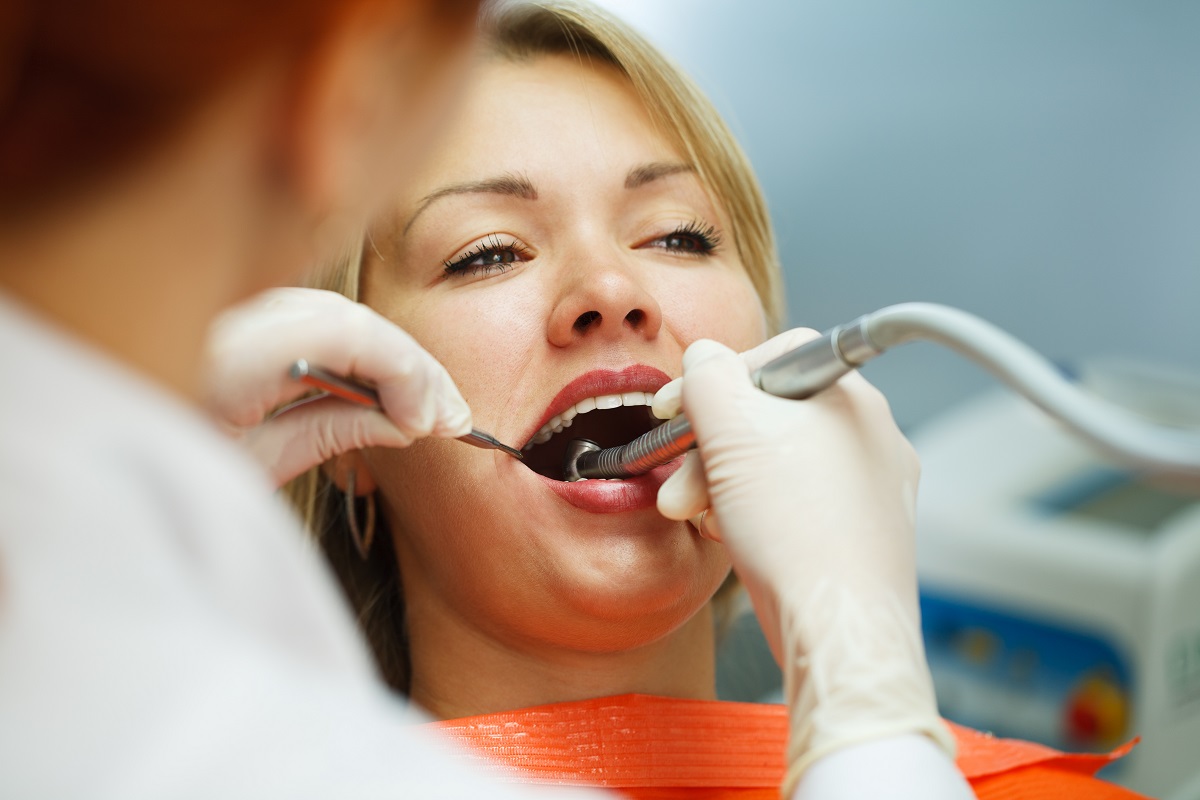People have been using the golden ratio as a standard for defining beauty since the ancient Greeks came up with it. From Leonardo DaVinci’s Vitruvian Man to the construction and design of the Parthenon, people throughout history have used this ratio to map out masterpieces.
Also known as the divine proportion, the golden ratio has been applied in beauty as well. Scientists have used this ratio to determine which faces are more beautiful than others.
Naturally, the concept of the golden ratio became a vital component in determining the perfect smile.
The Golden Ratio and Beautiful Smiles
The golden ratio is a mathematical proportion observed to be seemingly pleasing to the human eye. This ratio is approximately 1.618.
In terms of dentistry, the golden ratio refers to the ratio between your longer teeth and shorter teeth. Canine teeth and incisors, in particular, should follow the proportion. Molars and premolars receive attention if there are issues with the spacing of the incisors and canine teeth.
The facial structure is also a factor in achieving an aesthetically pleasing smile. The width of the smile should be proportionate to the width of your nose.
Cosmetic Dentistry and the Golden Ratio
Apart from keeping your teeth healthy and your smile bright, dentistry helps you achieve a smile that matches the golden ratio. If you want to make your smile more attractive, head to your local cosmetic dentist so they can give your smile a makeover.
With its basis on mathematical figures, the golden ratio seems challenging to apply to a dental practice. Cosmetic dentists around the world, from Scottsdale in Arizona to Cairns in Australia, often use tools like the golden mean gauge to measure the proportions of the teeth.

Cosmetic Dentistry Treatments that Help Achieve a Beautiful Smile
With measurements, dentists can understand how they will implement the correct cosmetic treatment. Some of these treatments are:
- Dental Bonding: Resin material matching the color of your teeth is added to your tooth to improve chips, cracks, or separation by unattractive gaps.
- Crowns: A cap fits over and replaces a damaged or decayed tooth above the gum line, restoring the tooth’s appearance, size, and shape.
- Implants: Used to replace a missing tooth, implants are titanium tooth roots inserted into the missing tooth’s bone socket.
- Inlays and Onlays: Also known as indirect fillings, inlays and onlays are used when there isn’t sufficient tooth structure to support a tooth filling. Inlays are placed on the tooth surface, while outlays are applied on the entire surface. Both are made of composite resin material.
- Veneers: Aside from addressing tooth discoloration, veneers close the space between teeth and treat broken, chipped, or worn-down teeth.
- Whitening: Though it has nothing to do with proportions, whitening procedures improve the appearance of your teeth.
Dentists may also recommend orthodontic treatments like braces and Invisalign aligners to achieve tooth alignment.
For centuries, the golden ratio has helped people create masterpieces that are pleasing to the eye—whether on canvass or the human body. The field of dentistry has been using it to improve smiles as well. Through the golden ratio, cosmetic dentists follow a standard of what is an aesthetically pleasing smile, helping them make their patients feel more confident about their appearance.
